
Which unbiased render engine is the best to use with Blender? This is a question I often receive on the contact form of the blog. To answer this kind of question, nothing better than try yourself some of the renderers or take a look on some quick comparisons between all renders. An artist called JoseConseco posted an interesting thread at the blenderartists forums, making a quick comparison between Blender Cycles, NOX Render and Mitsuba. The post is really informative, and even without the presence of LuxRender, I believe all architectural visualization artists working with Blender should take a look on the article.
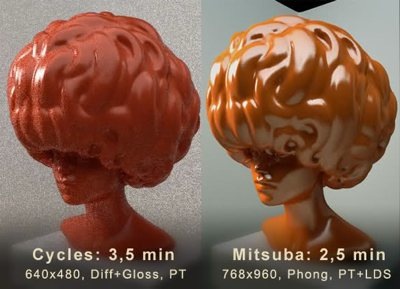

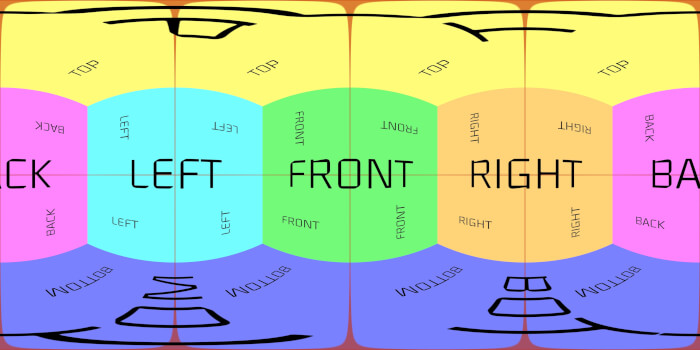
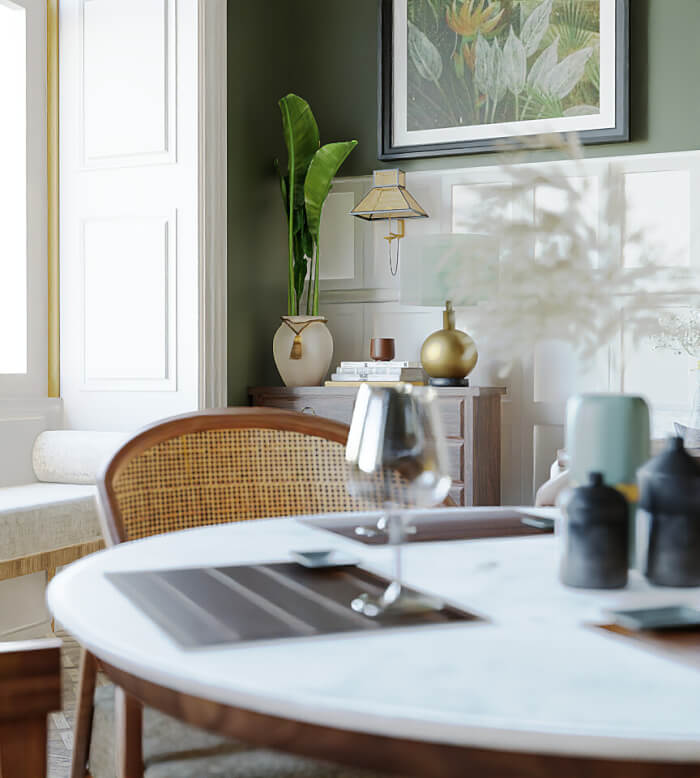
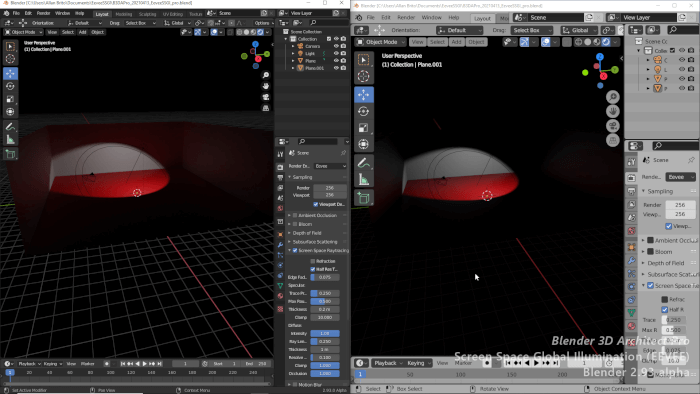
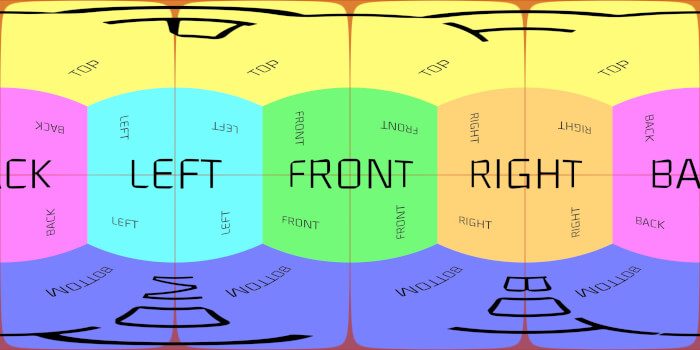

I guess cycles was used without gpu acceleration
glossy material 2x suzanne
cyles 1000 passes 640×480 on gtx460
21seconds ^^
@ rudl even if it was used without GPU acceleration you must remember that the majority of people using blender don’t have advance graphics cards.
@lal777 – That’s not necessarily true. Do you have statistics to prove that?
@lol777 – Of course this is not true. What’s the point of doing 3D artwork without a proper graphics card lol
@woyzek
I wrote this in error: made assumption based on the people around me that use blender. I apologize for not considering my sources more carefully before posting.
@iqqiz
“What’s the point of doing 3D artwork without a proper graphics card”
I’d say that the artwork is the point (even if it takes longer to get nice results)
At the moment I don’t have the ability to use GPU acceleration (I don’t think it’s ever been possible on any of the computers I’ve used), yet i continue to make my own small attempts at creating artwork for the sheer thrill of just being able to see what I’m able to create.